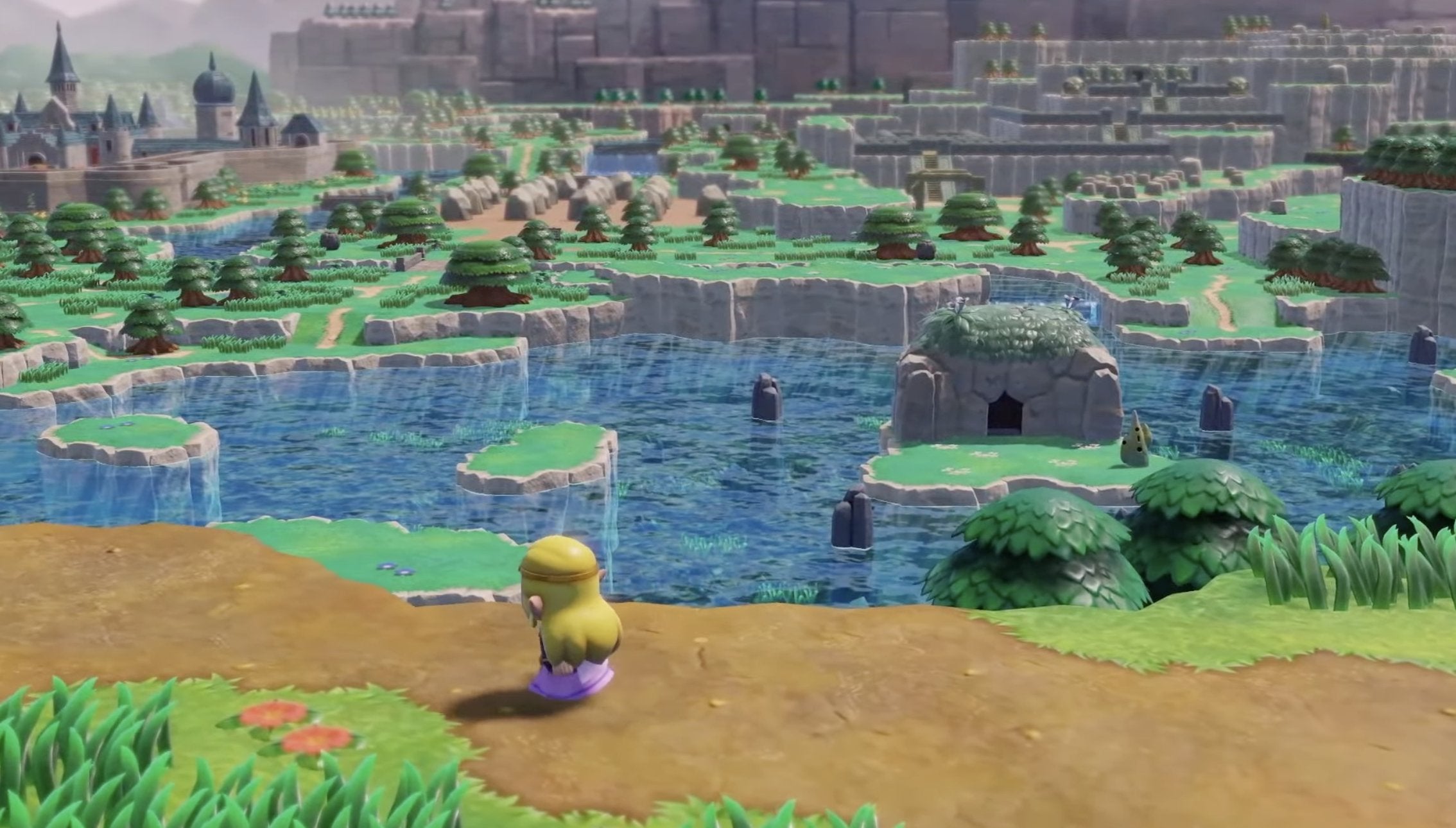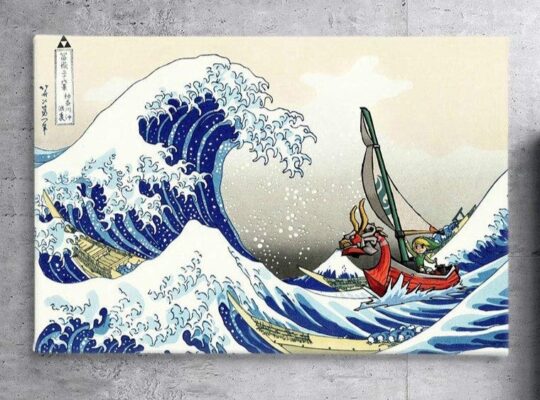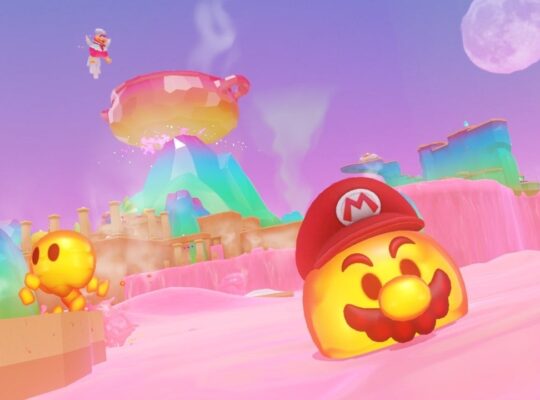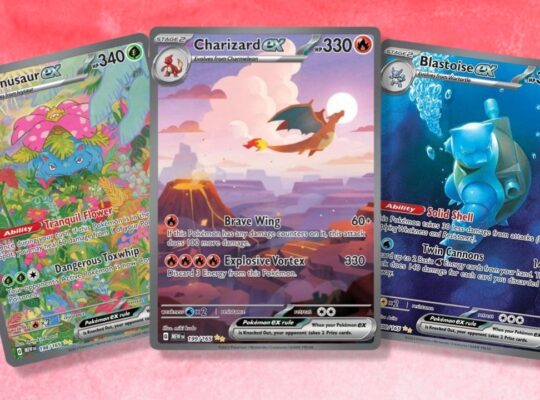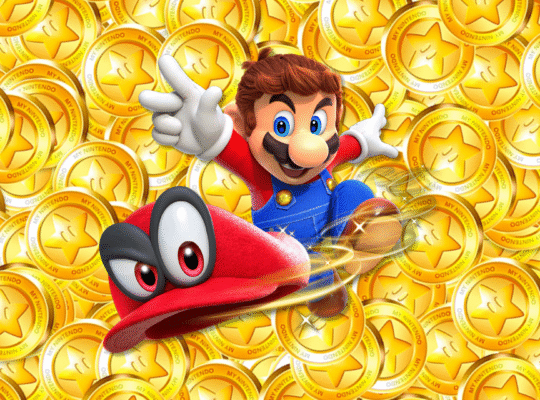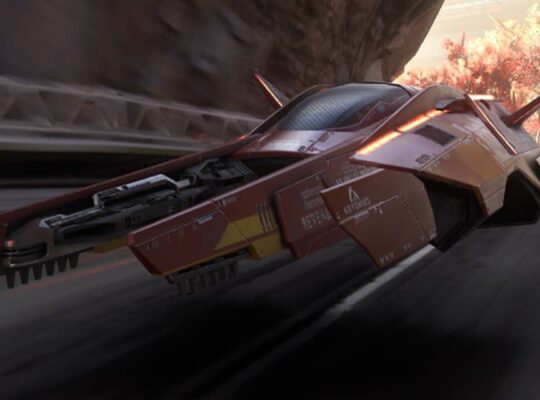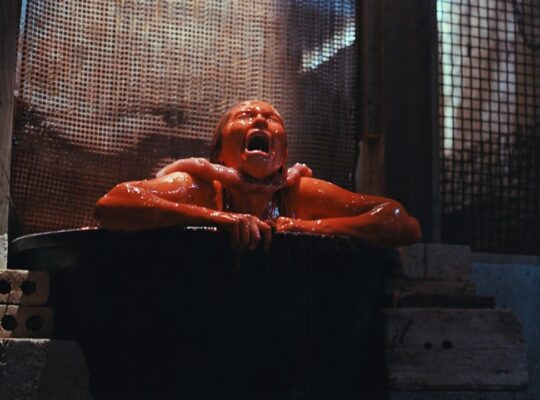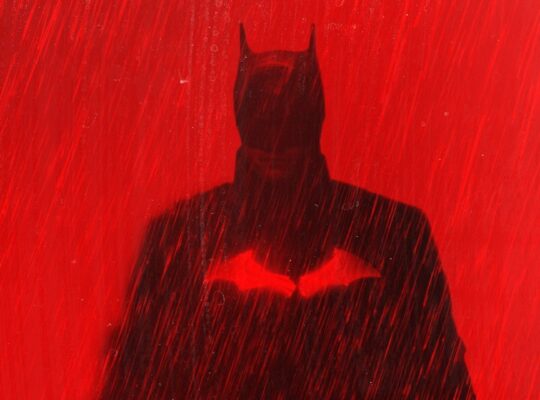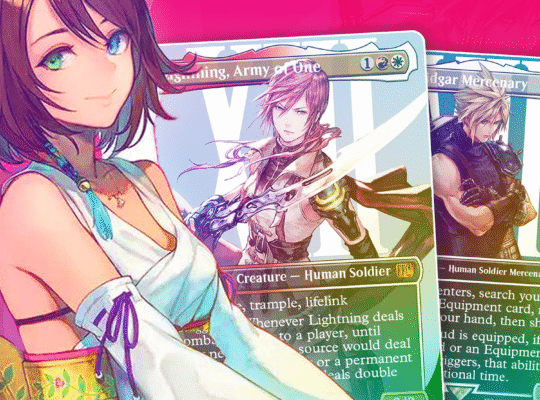Nintendo is continuing its Ask the Developer series of published interviews with game development leads, this time on The Legend of Zelda: Echoes of Wisdom. In parts 1 and 2 of this interview, the company reveals a number of tidbits about Echoes of Wisdom, including Grezzo as the elusive co-development studio behind the project and Tomomi Sano as the game’s director, and first-ever female director on The Legend of Zelda series.
You can read the full interviews yourself, but here are some highlights. First off, Sano has a rich history in the industry, earning her first credit in 1998 for editing stage textures on Tekken 3. She began working with Nintendo in 2004 as a coordinator on Mario Party 6, and over time was involved in a number of Nintendo-published and supported projects. Her first Zelda credit was in 2011 on The Legend of Zelda: Ocarina of Time 3D as a coordinator, and she followed it up with the same role on Majora’s Mask 3D a few years later.
In 2016, Sano served as assistant director on Twilight Princess HD, and was also assistant director on Mario & Luigi: Superstar Saga + Bowser’s Minions and Bowser’s Inside Story + Bowser Jr.’s Journey. Most recently, she was a project coordinator on the Switch version of Link’s Awakening in 2019. According to the interviews, Aonuma apparently “almost always” asks Sano to be involved with Legend of Zelda projects at Grezzo.
The origins of Echoes of Wisdom
Grezzo and Nintendo co-developed Echoes of Wisdom, but in the interview, series producer Eiji Aonuma says that Grezzo had an even greater role than usual on the game. Apparently, Nintendo wanted Grezzo’s take on Link’s Awakening to serve as a blueprint for top-down Zelda games this generation, but didn’t just want to only do remakes. So the team asked Grezzo to pitch ideas internally for a new Legend of Zelda game, marking the first time the studio was challenged to participate in a Zelda project from the conceptual state. According to Aonuma, everyone in the studio participated across disciplines, pitching ideas to Aonuma, and it took Nintendo three days to review all the proposals.
Ultimately, the idea that won wasn’t exactly what Echoes is now, though it was kind of close. The winner was a “copy-and-paste” gameplay style combining the “top-down and side-view” gameplay styles seen in Link’s Awakening.
“These were the two basic elements, and from there, I asked them to think of ways to add some freedom,” Aonuma says. “Having worked on games in the Legend of Zelda series over the years, we started to feel that fans may not continue playing this franchise unless they can think independently and try various things freely on their own, rather than following a set path. Even when it comes to solving puzzles – in a game in the Legend of Zelda series, having the excitement of solving puzzles in your own unique way makes the game ‘Legend of Zelda-like.’ Hence, we need to increase the degree of freedom to achieve that. With this in mind, I asked Grezzo to use those two elements as a foundation for the gameplay and add freedom on top of it.”
What Grezzo came up with was more of a “dungeon editor” game than what Echoes of Wisdom ended up being, where Link could copy and paste objects to create original dungeons. They prototyped this version for about a year, but Aonuma “upended the tea table” so to speak in changing the premise to focus more on copy-and-paste as a gameplay and puzzle-solving tool.
The rest of the interview discusses some of the different ways in which Nintendo and Grezzo had to navigate the challenges of giving a player access to copy-and-pasting over 100 objects in the game anywhere, anytime. That includes challenges with how every object can interact with both top-down and side-view gameplay, and struggles in ensuring gameplay didn’t feel too slow while the player waits for enemies and echoes to take actions against one another.
One particular sticking point, per Aonuma, was placing restrictions on what the player can do with Echoes early on, or in dungeons. Earlier in development, Aonuma says the team tried to put restrictions on Echo use out of fear players would break the game. But over time, they discovered this wasn’t necessary, and gradually lifted these restrictions until the final version of the game had almost none from the start.
All this led to further enabling players to “be mischievous,” which was a key phrase used during development.
We wanted to do some things that were really out there.
“We came up with this key phrase because we wanted to do some things that were really out there,” Aonuma says. “For example, if you roll something like a spike roller along the ground, that’s a lot of work, because it can hit all kinds of things, but if we didn’t allow for this possibility, it wouldn’t be fun. (Laughs) The development team called these kinds of ideas ‘being mischievous.'”
Sano adds that the team created a document explaining what “being mischievous” meant “so that everyone could return to this concept if they weren’t sure how to proceed.”
“There were three rules,” continues Grezzo director Satoshi Terada. “Be able to paste things however, wherever, and whenever you like. Make it possible to complete puzzles using things that aren’t there.”
Sano shares the third. “Being able to find uses for echoes that are so ingenious it almost feels like cheating should be part of what makes this game fun.”
Aonuma concludes by referencing the Myahm Agana shrine from Breath of the Wild, an infamous motion-sensor puzzle where players had to use the Switch controller to move a platform and tilt a ball through a maze to a finish line. However, the puzzle also allowed players to flip the entire platform upside down and roll the ball across a smooth surface to the goal.
“If this kind of solution isn’t allowed, then it’s not fun,” says Aonuma.
Rebekah Valentine is a senior reporter for IGN. Got a story tip? Send it to rvalentine@ign.com.


